5 Tips on Managing Vannamei Shrimp Ponds
This method of managing shrimp ponds also directly affects harvest productivity. Thus, many factors must be considered in vannamei shrimp farming, such as human resource factors, feed management, shrimp health management, and the harvest process.
Here we have summarized some tips on managing shrimp ponds, especially for you, so that the harvests are as expected.
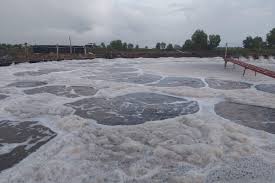
Ideal Shrimp Pond
Talking about the ideal shrimp pond, the first thing that comes to your mind is how it is constructed. This is because construction has an important role in the sustainability of shrimp ponds.
So, ere are the criteria for ideal shrimp ponds regulated in the Ministry of Maritime Affairs and Fisheries Regulation No. 75/PERMEN-KP/2016 concerning General Guidelines for Enlargement of Tiger Shrimp (Penaeus Monodon) and Vannamei Shrimp (Litopenaeus Vannamei).
Have sufficient water availability.
Ponds do not have dead spots.
Effective and efficient in the use of land and mills.
The bund as an access road in the pond must be passable by vehicles and workers.
Guaranteed maximum security and safety (K3).
If you have fulfilled the five criteria based on the Minister of Maritime Affairs and Fisheries Regulation No. 75 of 2016 above, you can then select the ideal pond location. Some of the criteria for an ideal pond location include the following:
The location of the shrimp ponds is under the Regional Spatial Plan (RTRW) and applicable regulations.
The location of the new shrimp ponds above/behind the shoreline (100 meters from the highest tide point) and the riverbank.
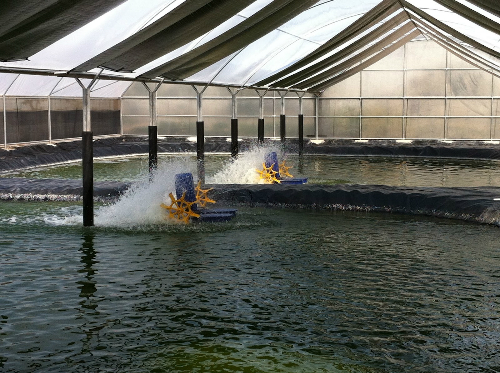
Having sufficient and good quality source water.
Located in an area protected from routine flooding and the influence of toxic and hazardous waste (B3) pollution.
Do not build new ponds on mangrove land and the core zone of the conservation area.
Do not build shrimp ponds in areas where saltwater seepage has the potential to affect surrounding agricultural areas or freshwater sources.
Adequate transportation and communication infrastructure is available.
Tips for Managing Shrimp Ponds
1. Choose the Right Pond Lining
The pond bottom lining is important to ensuring biosecurity during shrimp farming. Ground ponds directly exposed to water can trigger anoxic reactions, which are highly toxic to shrimp. Therefore, coatings such as high-density polyethylene (HDPE) plastic or concrete can be a solution.
In addition to biosecurity issues, using HDPE concrete and plastic layers also makes it easier to manage water and pond bottoms.
2. Consider Pond Design
The design of the vannamei shrimp pond has various shapes, including rectangular, square and round. This pond’s shape has advantages and disadvantages, as well as an effect on water flow and pond sediment accumulation.
While at the bottom of the pond can be designed with a central channel to minimize sedimentation. It works by utilizing the sedimentation and centrifugal currents generated by the aerator to push and concentrate the solids that settle in the middle of the pond.
Then, these solids can be manually pumped out of the pond through a pumping system connected to the sewer.
3. Place the Pond Aerator Properly
In intensive system vannamei shrimp farming, the aerator plays an important role in providing oxygen while helping to push sludge into the sewer. While the type and number of aerators can be adjusted to the needs of each pond based on pond size and stocking density.
To set up the aerator, you need to make sure that the aerator has covered all the corners and sides of the pond so that no mud remains untouched. There are two main designs for placing aerators: parallel and diagonal.
4. Clean the Pond Base Manually
The next tip for managing vannamei shrimp pond is routinely cleaning the pond’s bottom. Manual cleaning or suctioning of waste is good for maintaining optimal pond bottom quality.
So, how often should the bottom of the pond be cleaned? In general, there are no specific rules regarding how often to clean. However, it is recommended to do it once daily so that the waste that settles does not accumulate too much.
5. Periodic Basic Evaluation of Ponds
As the vannamei shrimp farming cycle progresses, it is very important to know the sediment condition at the bottom of the pond to prevent negative impacts. So it is necessary to evaluate periodically by taking sediment samples at certain points. The evaluation parameters include Redox potential, pH, pH2S, and NH4-N sol.
Sampling should be done regularly, at least twice per cycle. Precisely in the middle of the cultivation cycle when the mud begins to form and at the end of the cycle as an evaluation.
However, more frequent evaluations should be carried out in special cases such as mass mortality or slow growth of shrimp.
Cre: delosaqua.com
Aqua Mina's distributor in Japan: REX INDUSTRIES CO., LTD
- Address: 1-9-3 Hishiya-Higashi, Higashi-Osaka 578-0948 JAPAN
- Email: kimakubo@rexind.co.jp
- Phone: +81-(0)72-961-9893
- Website: http://www.rexind.co.jp/e/
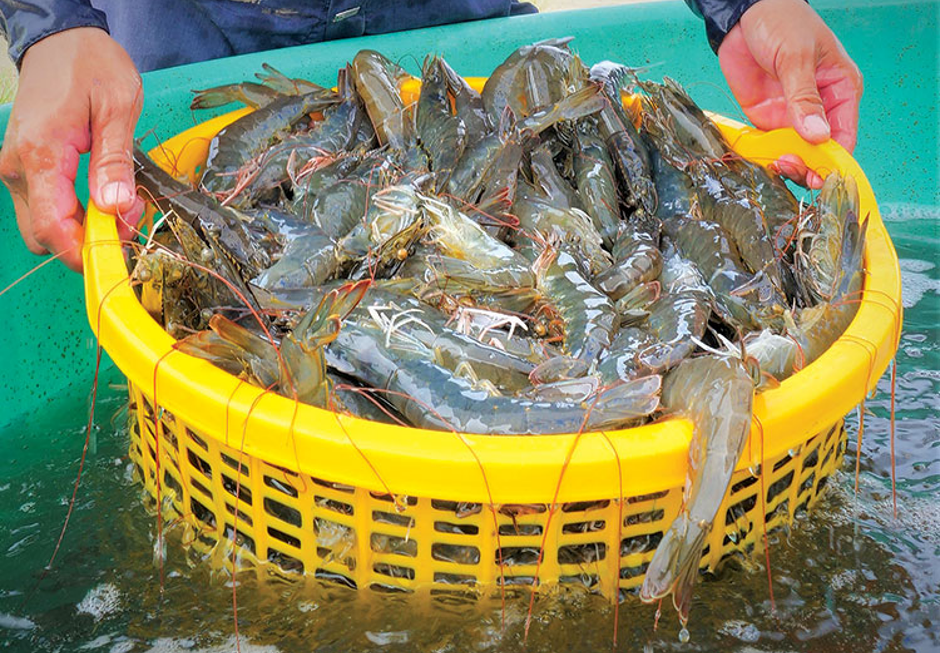
WE WORK FOR YOUR SUCCESS!
Ngày đăng : 25/03/2025
1845 View
Other Articles
Portuguese food group acquires 18% stake in cod farming company Norcod
Indonesia implements radioactive-free shrimp certification for exports to the United States
India is world’s second-largest shrimp producer. That is now under threat
Ca Mau’s shrimp industry moves towards “green” growth
Floods devastate aquaculture, processing operations in Vietnam
Ecuador Leads Global Shrimp Exports, Surpassing USD 7 Billion in 2025
India's marine product exports rise 16% as new markets offset US dip
Skretting presents the first shrimp feed with insect meal in Vietnam
Sharing: EU increases shrimp imports in the first 9 months of the year
Gideon De Oro opens high tech Cebu shrimp plant, to revive exports
White-leg shrimp facing WSSV: When density and environment fluctuate together








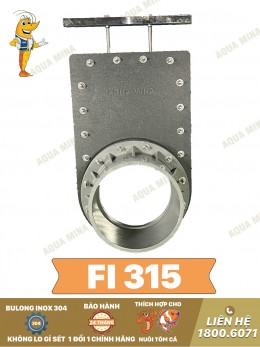
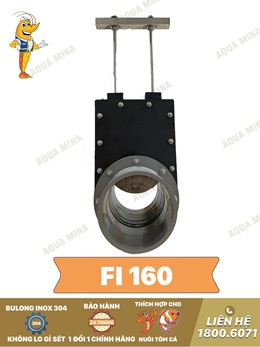
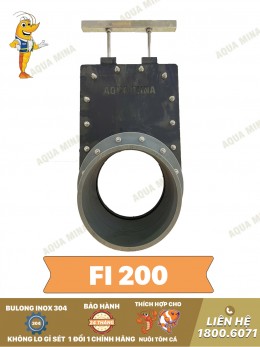
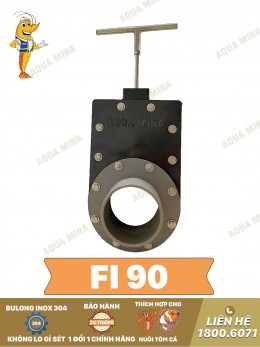
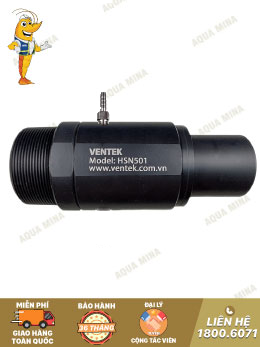
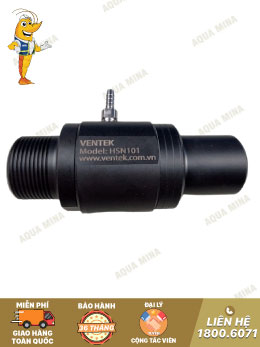

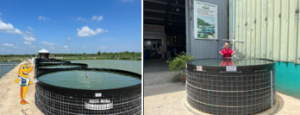
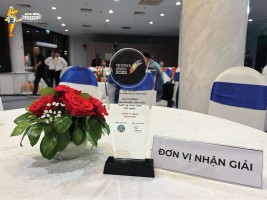
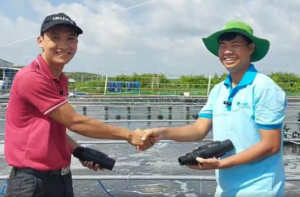
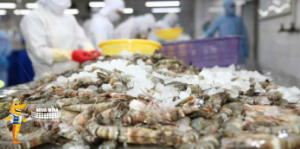
.jpg)